Regency House, Hemyock: A Devonshire garden of great atmosphere and personality
Tim Longville enjoys a mixture of plantsmanship and laissez-faire gardening in Devon.
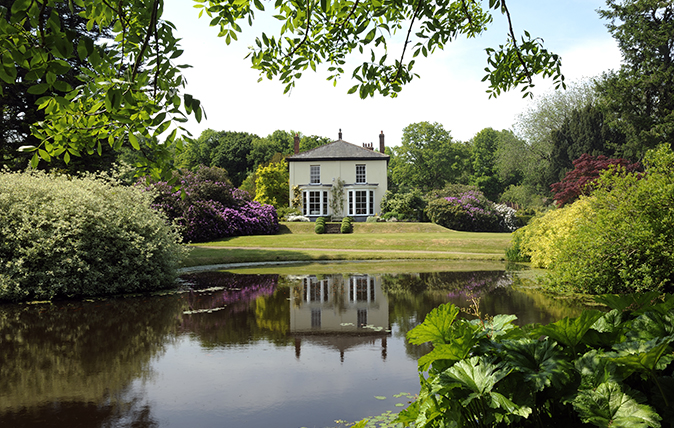

Jenny Parsons’ garden at Regency House on the edge of the Devon village of Hemyock in the Blackdown Hills is not only in the country, it is, in every sense, a country garden, as Jenny is deeply involved in a whole range of rural activities. She’s a keen supporter of the local hunt, of the Countryside Alliance (its placards tend to have a second life as her kneeling pads when weeding) and of the local branch of the Pony Club, which has held its annual three-day celebratory beano here for the past 20 years.
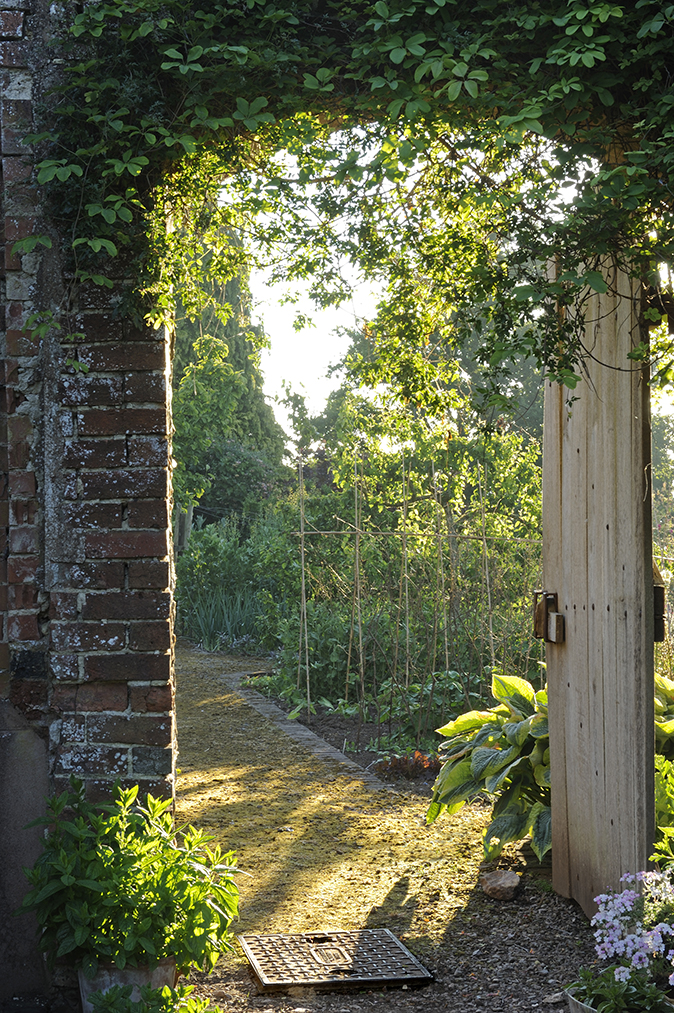
Among much else, that involves the youngsters crawling through the pipe at the top of the garden’s lake, then swimming across its width. The final event of the whole extravaganza—all of which is clearly huge fun for everyone involved, not least for Jenny herself—is a bonfire barbecue for the parents.
As this is also a small working farm, run by Jenny with Matthew Boyd—raising Dexter cattle, Jacob sheep, pigs, hens and, of course, horses—and, as the house also offers bed-and-breakfast accommodation, it’s mildly miraculous that this all-round enthusiast has somehow also found the time and energy over the past 25 years to create an unshowy but intensely sympathetic garden of some five acres.
No designer has been involved or even any single grand plan—it’s simply grown by degrees, as her passionate love of plants (there are more than 1,000 in her on-going list, which she calls ‘an external hard drive for my dwindling brain’) has urged her on to one new development after another.
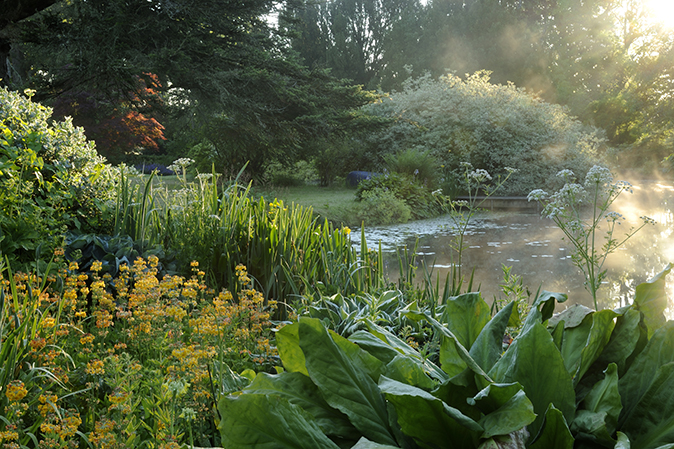
The house was built as the village rectory, but became a private house in the early 20th century. Despite its current name, it isn’t actually a Regency building, but an early Victorian house, although one built in a slightly archaic late-Georgian style. When Jenny arrived in 1990, there was very little here by way of garden, ‘except a few big trees, very gratefully received, and the giant magnolia on the back of the house’.
Gardening here is a mixture of positives and negatives. The soil is clay, but the climate is wet, so at least it doesn’t tend to bake and crack in summer. Although it’s nearly 500ft up, the garden’s on a slope, so frost tends to roll away, plus trees and the hill above, Conigar Knob, provide a good deal of shelter.

One great advantage Jenny inherited was the small walled garden close to the north side of the house, with its atmospherically crumbling double walls (north-facing walls of flints; south-facing ones of handmade bricks). All of this area’s angles were clearly handmade, too, as none of them are true. Nowadays, a central ‘avenue’ of espaliered apples—cookers on the right, eaters on the left—provides an illusion of symmetry.
Sign up for the Country Life Newsletter
Exquisite houses, the beauty of Nature, and how to get the most from your life, straight to your inbox.
A bottom bed is filled with tender or tender-ish perennials, such as salvias, dahlias, argyranthemums and Verbena bonariensis and the right-hand side is dominated by a huge Magnolia cylindrica. A top bed contains, among an eclectic mix of perennials, a chair made out of horseshoes from Jenny’s farrier son and a plant support, at the moment for Geranium psilostemon, which he made out of the ‘precious’ shoes of the most loved of all her horses.
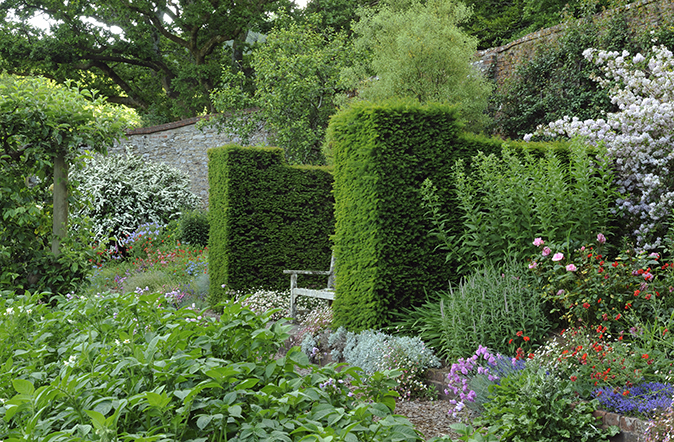
Beside and to the west of the walled garden is the similarly sized blue-and-white garden, in which beds including violas, alliums, irises, Brunnera Jack Frost, variegated hostas, shrubby potentillas, white honesty, blue salvias and argyranthemums surround the central focal point of a box square filled with Stipa gigantea and edged with a variety of hardy geraniums. It’s typical of Jenny’s relaxed and jokey style that a mysterious hole at the bottom here—once, in fact, the site of the garden’s boiler—is now described as the Dead Scarecrow Department, as it contains a bizarre bedraggled collection of specimens from previous years.
On a much larger scale is the bog garden running down the slope, yet further to the west. Its central stream is fed by the house’s original water supply and it ends in a sizeable circular lily pond.
Immediately on either side of the stream is a dense and largely herbaceous planting (although occasional willows and viburnums, for example, add height and presence), which includes gunnera, Rheum palmatum, hostas, primulas, ferns, irises, foxgloves, Geranium macrorrhizum in its various colour forms, the single-flowered form of Ranunculus aconitifolius rather than the more commonly seen double and, perfectly at home in this semi-wild situation, that pretty but invasive thug, Euphorbia cyparissias.
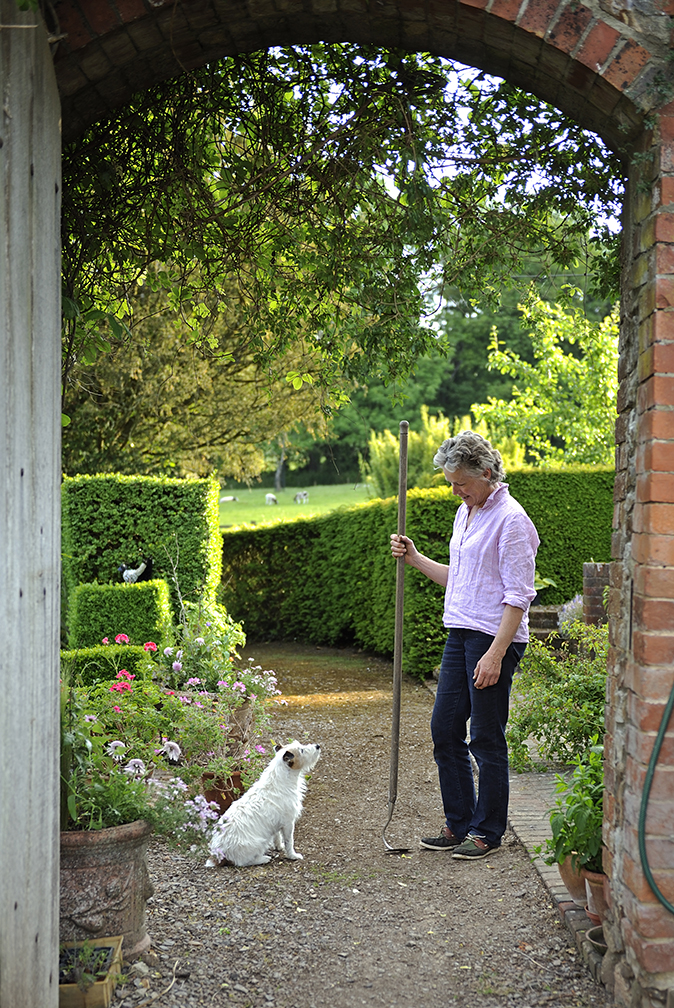
Further out, on the banks on either side, is a discriminating selection of shrubs and small trees: more willows and viburnums, several berberis, acers such as A. palmatum Atropurpureum and A. davidii Serpentine and the deliciously scented Heptacodium miconioides (syn. H. jasminoides).
The lawn running out from the west-facing back of the house—where the original giant magnolia has since been joined by a wisteria and a myrtle—is kept largely clear of detailed planting (the only except-ion, a large metal fern in one corner, is another of her son’s creations). That’s to retain the view, first to the field, usually full of Jacob sheep, and then to the hills beyond.
At its south-western corner, a trio of young Acer griseum signals the way to the lake, which is full of golden orf, although it’s hoped that a recently arrived otter will keep their numbers under control. Tall trees surround it—a huge Douglas fir, a quartet of cricket willows, various dogwoods—and around its edges is a series of ‘mini-bog-gardens’ filled to overflowing with gunnera, lysichiton, primulas, ligularias and irises.
Looking back towards the house from the upper end of the lake (and the pipe through which those willing Pony Club members have to crawl each year), the different colours, textures and shapes of the trees create a fascinating tapestry effect: unpretentious but extremely effective. Jenny can’t resist pointing out that the stream running parallel with the lake on its far side is called Lickham Bottom Water, which, combined with the earlier hill called Conigar Knob, produces a roar of laughter.
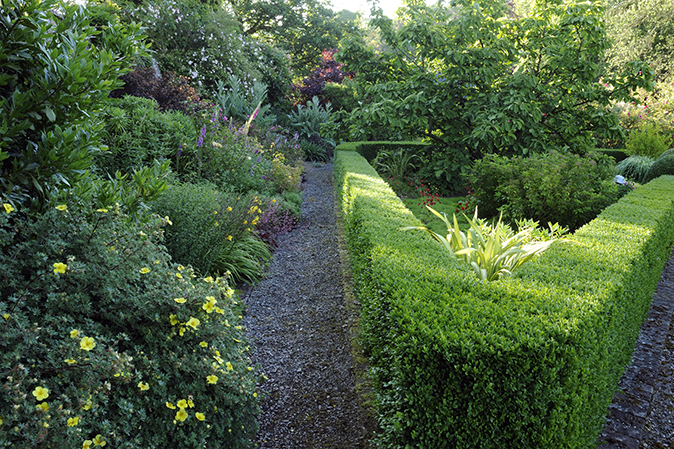
Although the largest element in the garden, the lake is far from the end of it. Tucked away in sheltered corners beside the drive are various smallish beds, including a spring one and a winter one, which Jenny describes as among her favourites to work in, because the soil there is ‘moist, rich and fertile’.
North of the walled garden, as the wooded hillside rises ever more steeply, is an area known as the Back of Beyond, where thinning has already started and where she has visions of eventually creating ‘a proper woodland garden’. ‘I must be mad,’ she adds, not, of course, meaning a word of it.
The garden at Regency House, Hemyock, Devon (01823 680238) opens for the NGS. Details of the B&B accommodation are at www.regencyhousehemyock.co.uk
Click here to view a charming short video by Jenny about The Animals
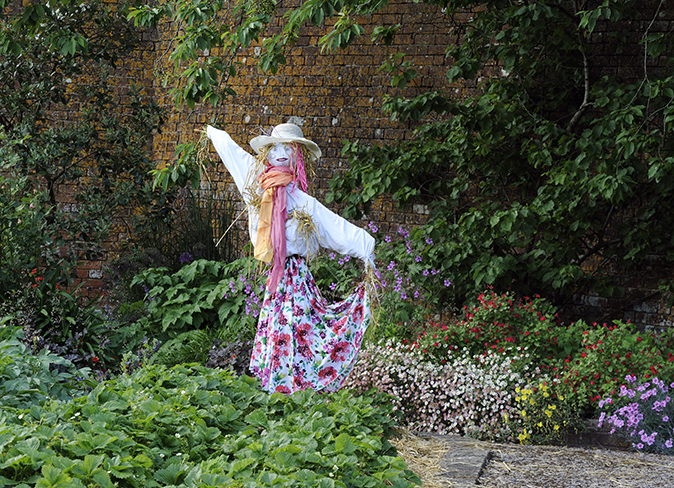
REGENCY HOUSE, HEMYOCK: NEED TO KNOW
SIZE: Five acres or so
SOIL: Clay, mildly acid to neutral
ALTITUDE: 480ft
CLIMATE CHALLENGES: ‘This is a wet area, but at least that stops our clay soil baking hard in summer,’ advises Jenny. ‘We’re on a slope, so frost tends to roll away and we’re well sheltered from wind by trees and the neighbouring hill’
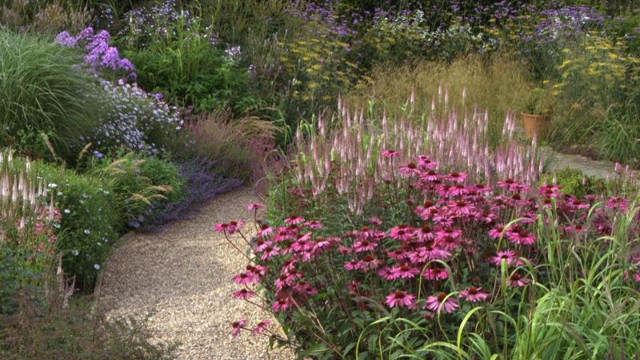
National Gardens Scheme gardens to visit
A selection of gardens opening in aid of the National Gardens Scheme in the coming weeks shows off the variety
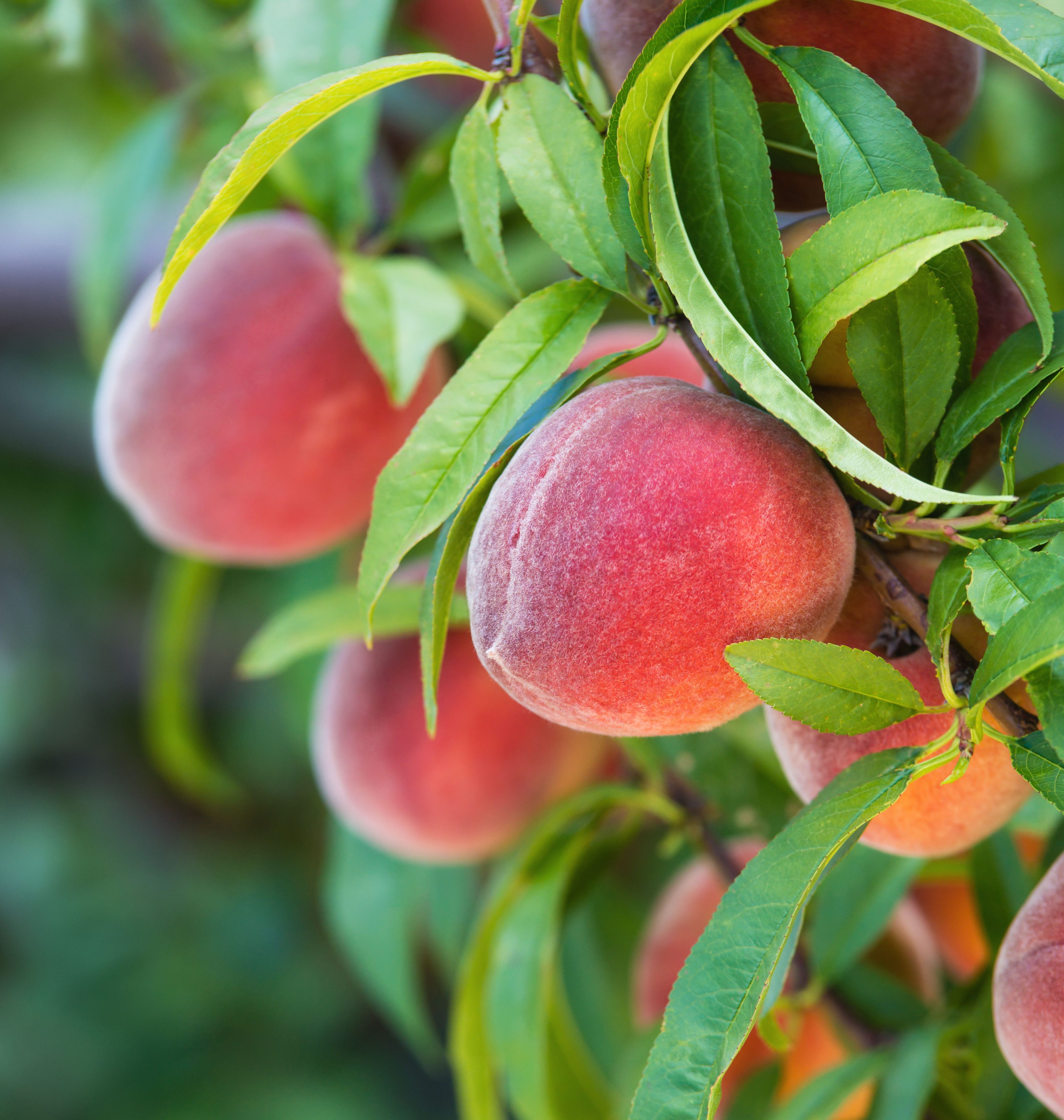
Credit: Leena Robinson / Alamy
How to grow your own peaches: Five steps to peachy perfection
Steven Desmond explains how you can produce these delicious, luxurious fruits on your own soil.

8 famous Jack Russell terriers (and their owners)
Top terriers.
Country Life is unlike any other magazine: the only glossy weekly on the newsstand and the only magazine that has been guest-edited by HRH The King not once, but twice. It is a celebration of modern rural life and all its diverse joys and pleasures — that was first published in Queen Victoria's Diamond Jubilee year. Our eclectic mixture of witty and informative content — from the most up-to-date property news and commentary and a coveted glimpse inside some of the UK's best houses and gardens, to gardening, the arts and interior design, written by experts in their field — still cannot be found in print or online, anywhere else.
-
 The Business Class product that spawned a generation of knock-offs: What it’s like to fly in Qatar Airways’ Qsuite cabin
The Business Class product that spawned a generation of knock-offs: What it’s like to fly in Qatar Airways’ Qsuite cabinQatar Airways’ Qsuite cabin has been setting the standard for Business Class travel since it was introduced in 2017.
By Rosie Paterson
-
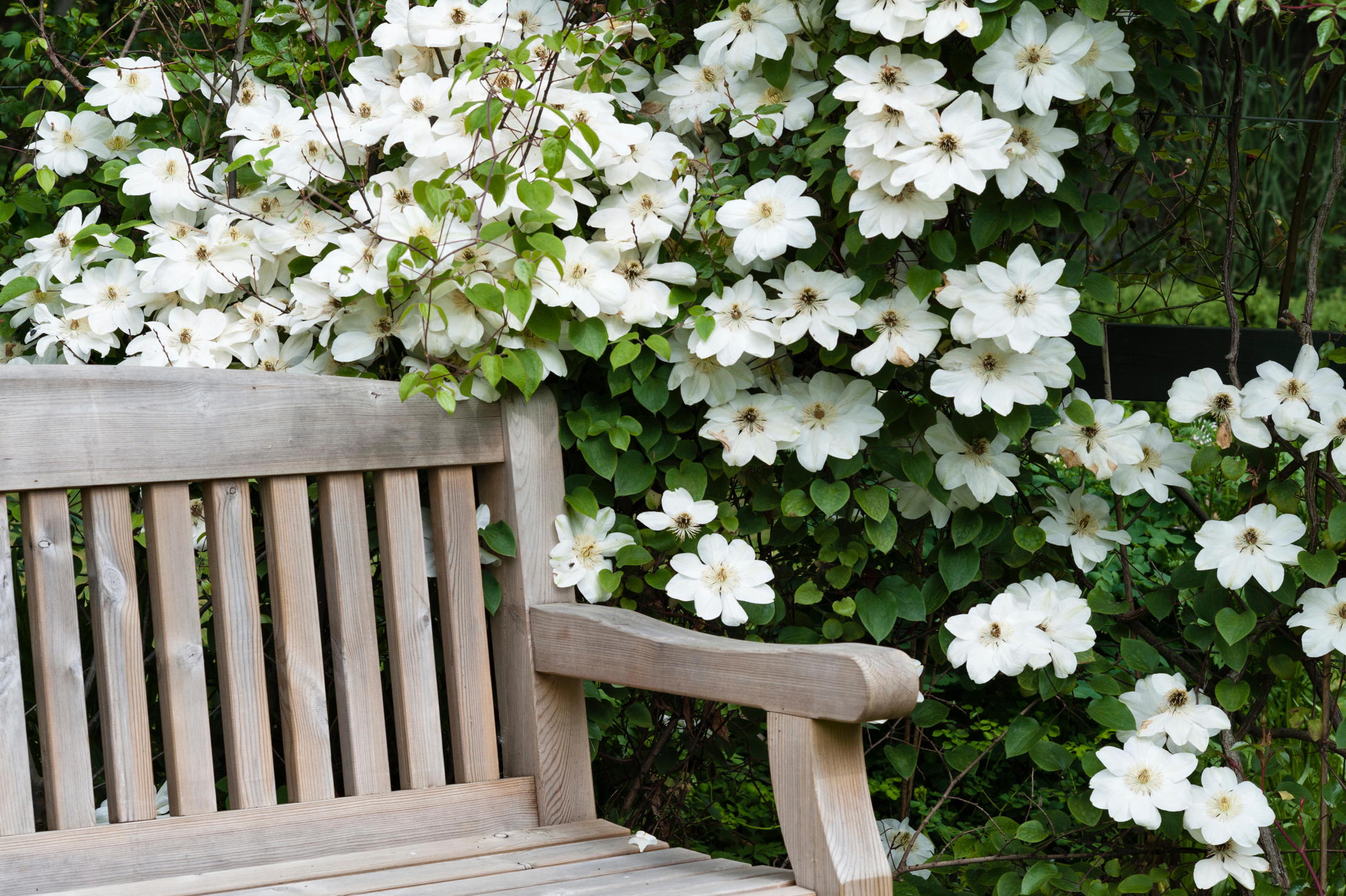 Six of the best Clematis montanas that every garden needs
Six of the best Clematis montanas that every garden needsClematis montana is easy to grow and look after, and is considered by some to be 'the most graceful and floriferous of all'.
By Charles Quest-Ritson
-
 Six of the best Clematis montanas that every garden needs
Six of the best Clematis montanas that every garden needsClematis montana is easy to grow and look after, and is considered by some to be 'the most graceful and floriferous of all'.
By Charles Quest-Ritson
-
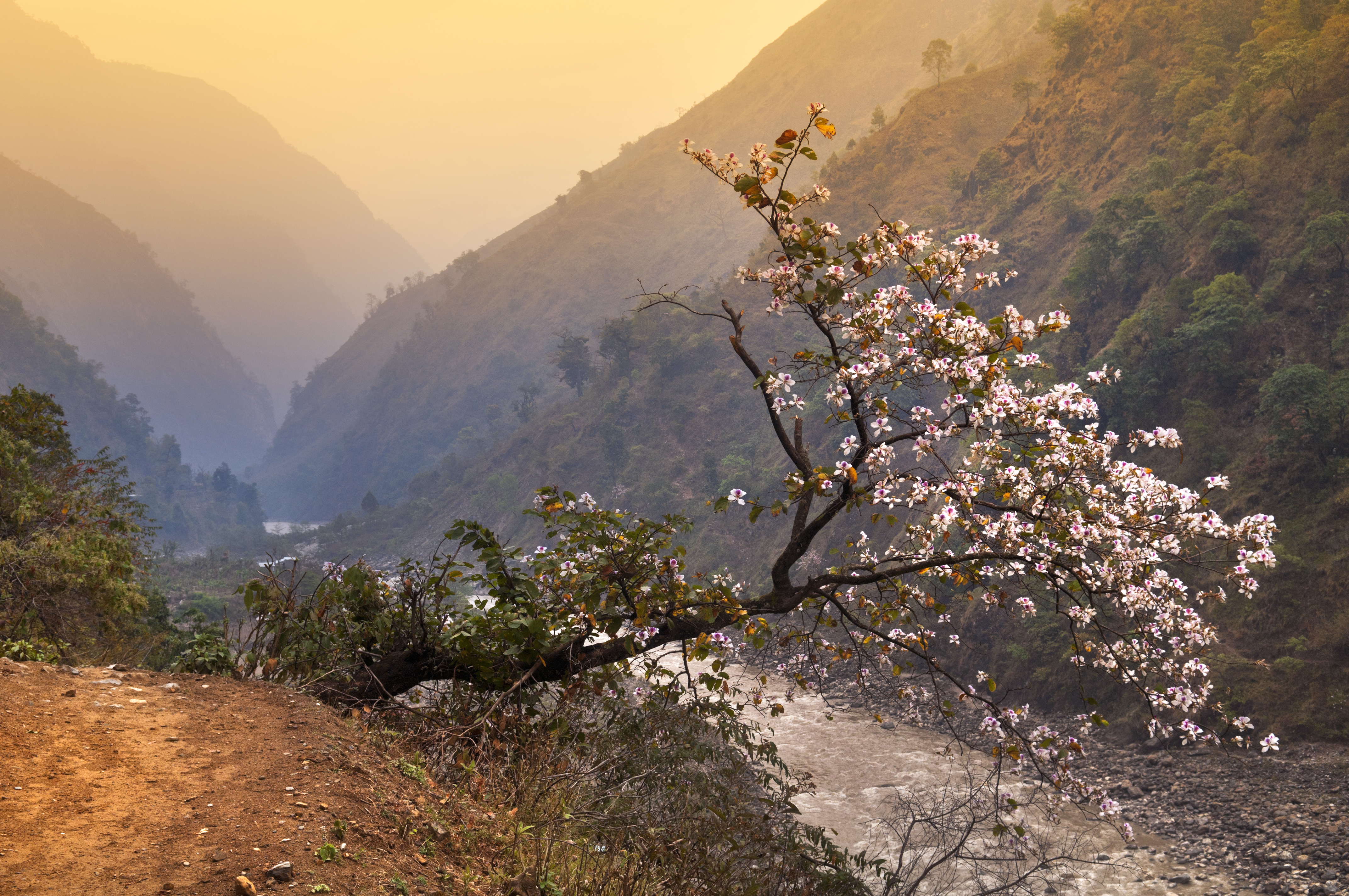 The man who trekked Bhutan, Mongolia, Japan, Tasmania and New Zealand to bring the world's greatest magnolias back to Kent
The man who trekked Bhutan, Mongolia, Japan, Tasmania and New Zealand to bring the world's greatest magnolias back to KentMagnolias don't get any more magnificent than the examples in the garden at White House Farm in Kent, home of Maurice Foster. Many of them were collected as seed in the wild — and they are only one aspect of his enthralling garden.
By Charles Quest-Ritson
-
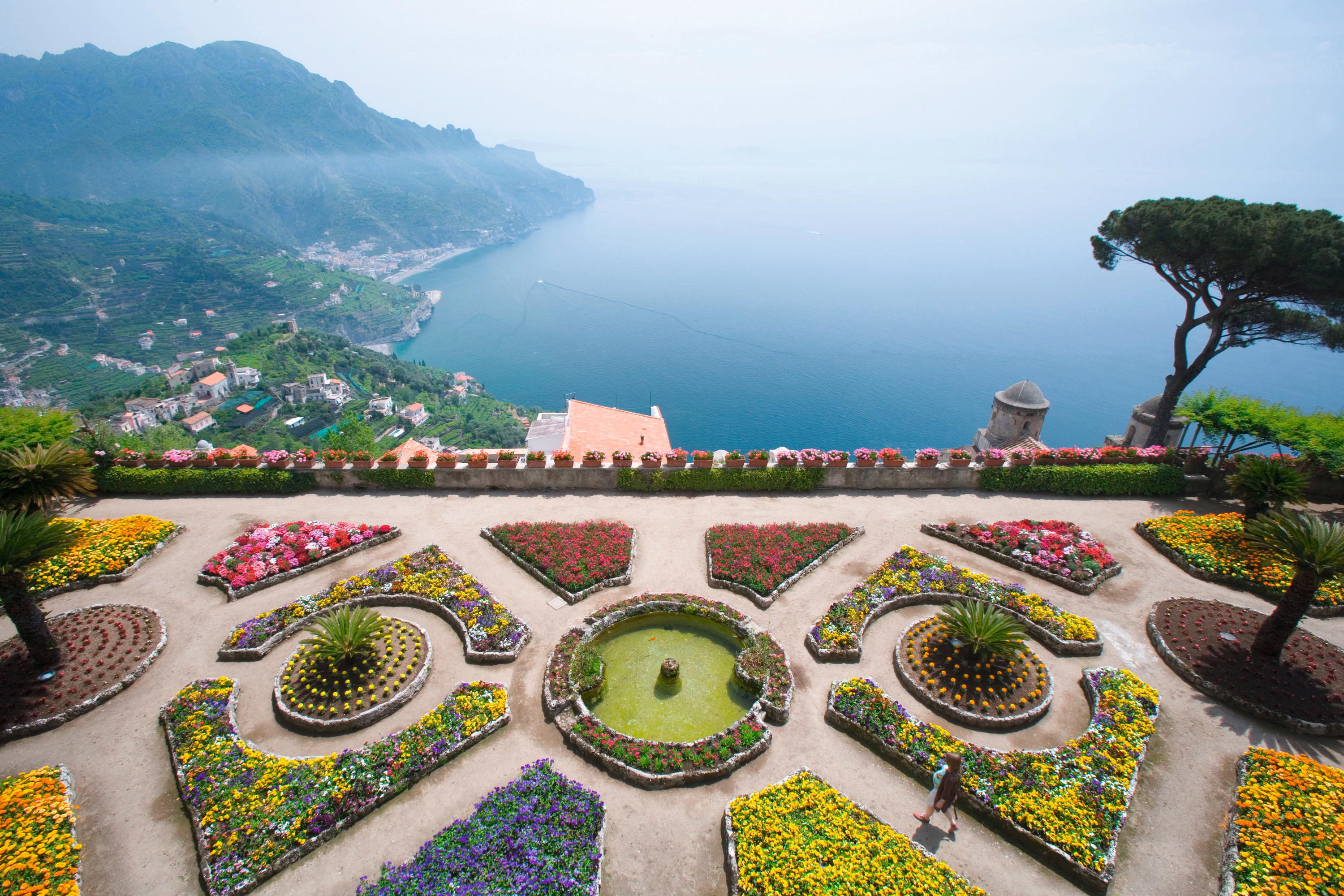 The 'breathtakingly magnificent' English country gardens laid out on the Amalfi Coast, and the story of how they got there
The 'breathtakingly magnificent' English country gardens laid out on the Amalfi Coast, and the story of how they got thereKirsty Fergusson follows the Grand Tour to Campania in Italy, where the English combined their knowledge and love of plants with the rugged landscape to create gardens of extraordinary beauty.
By Kirsty Fergusson
-
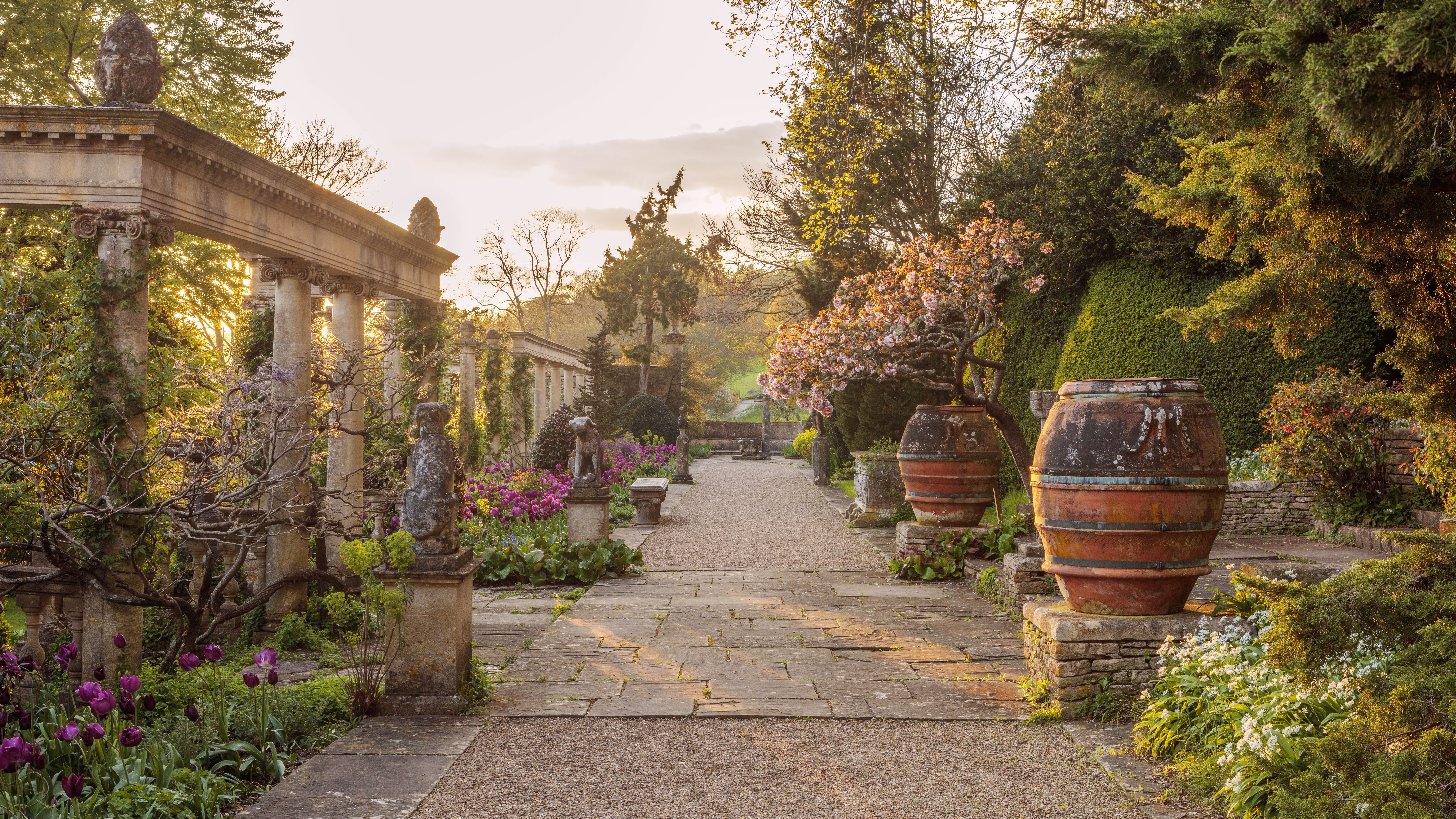 Have your say in the Historic Houses Garden of the Year Awards 2025
Have your say in the Historic Houses Garden of the Year Awards 2025By Annunciata Elwes
-
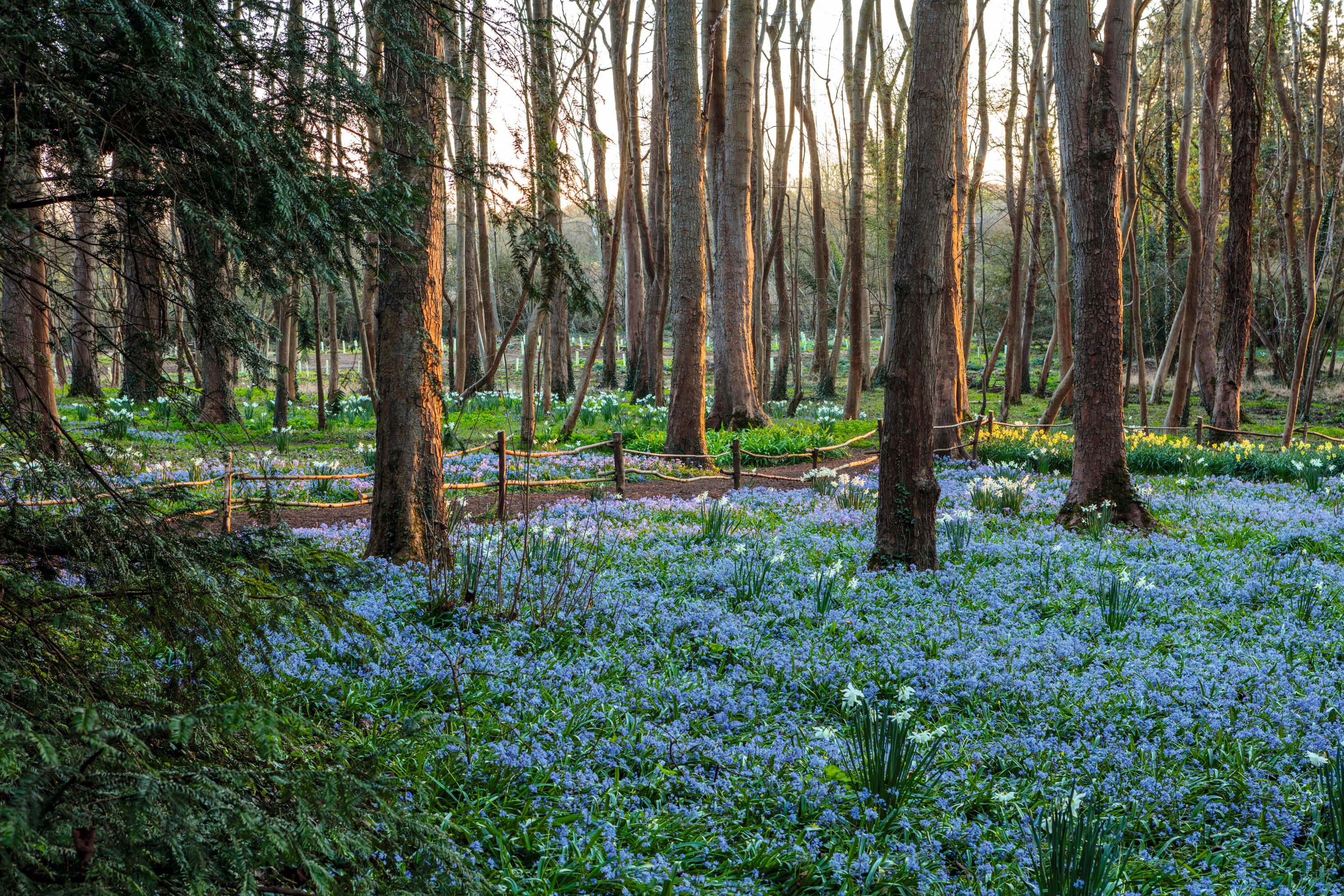 Evenley Wood Garden: 'I didn't know a daffodil from a daisy! But being middle-aged, ignorant and obstinate, I persisted'
Evenley Wood Garden: 'I didn't know a daffodil from a daisy! But being middle-aged, ignorant and obstinate, I persisted'When Nicola Taylor took on her plantsman father’s flower-filled woodland, she knew more about horses than trees, but, as Tiffany Daneff discovers, that hasn’t stopped her from making a great success of the garden. Photographs by Clive Nichols.
By Tiffany Daneff
-
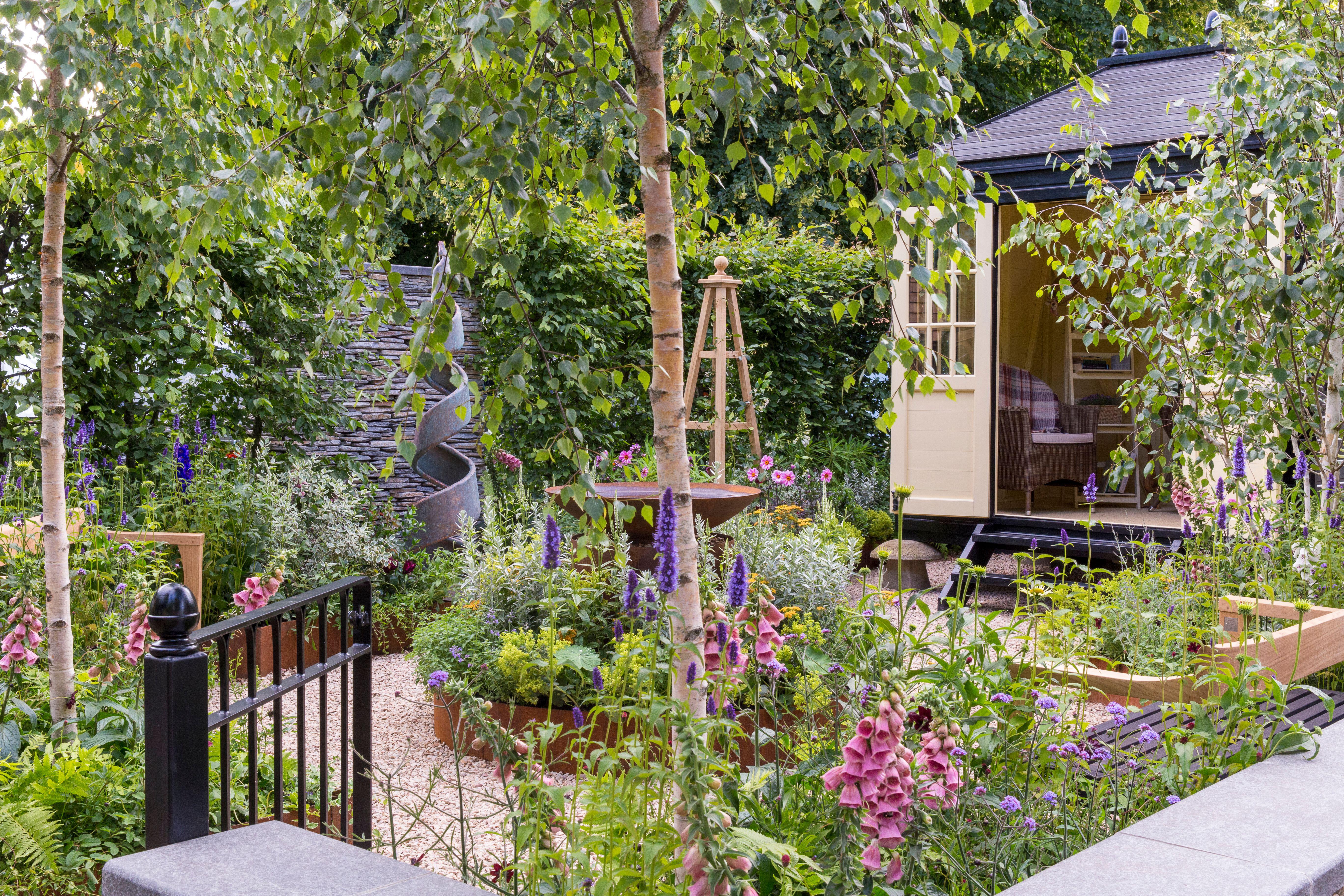 An expert guide to growing plants from seed
An expert guide to growing plants from seedAll you need to grow your own plants from seed is a pot, some compost, water and a sheltered place.
By John Hoyland
-
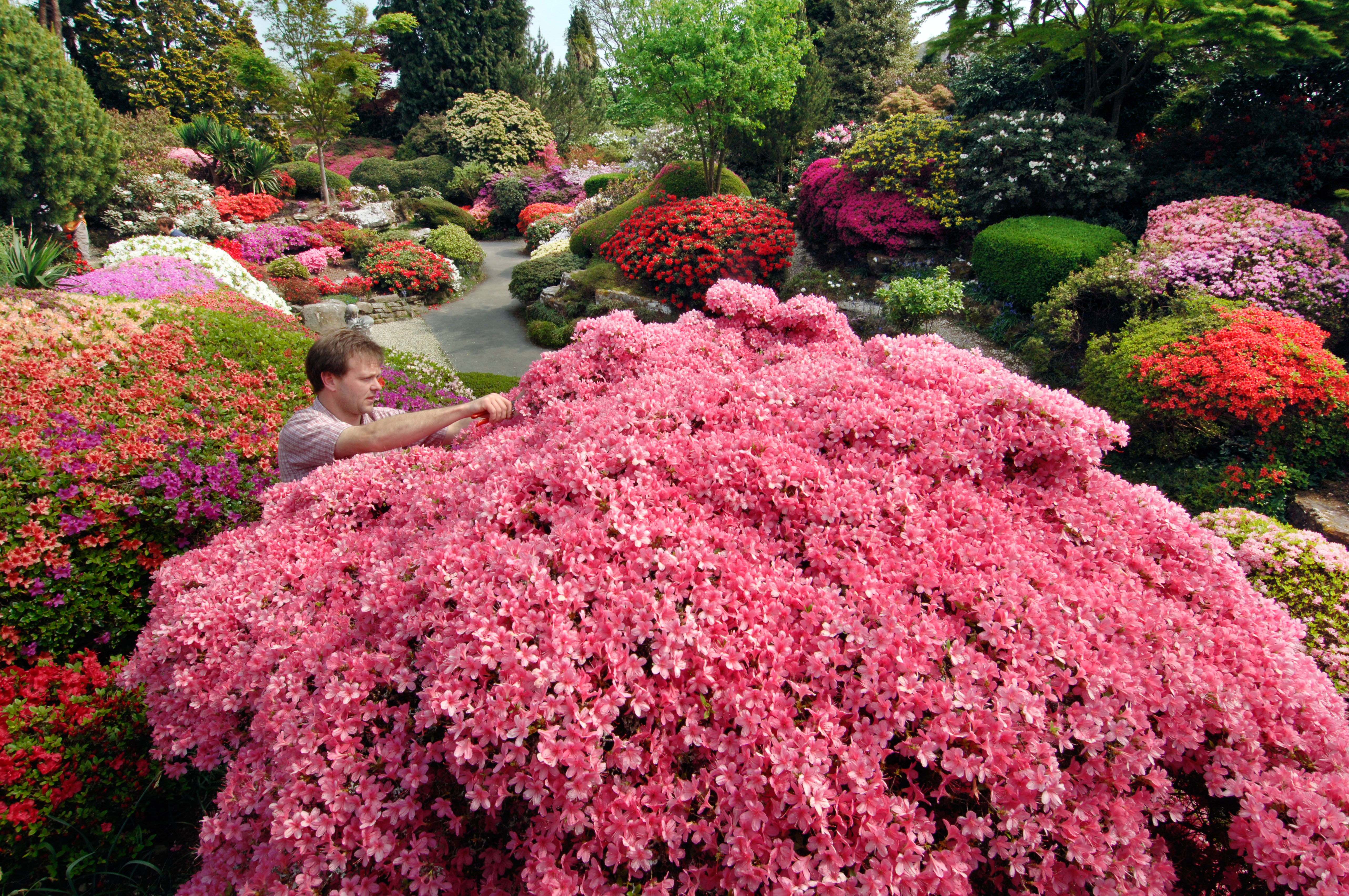 The best rhododendron and azalea gardens in Britain
The best rhododendron and azalea gardens in BritainIt's the time of year when rhododendrons, azaleas, magnolias and many more spring favourites are starting to light up the gardens of the nation. Here are the best places to go to enjoy them at their finest.
By Amie Elizabeth White
-
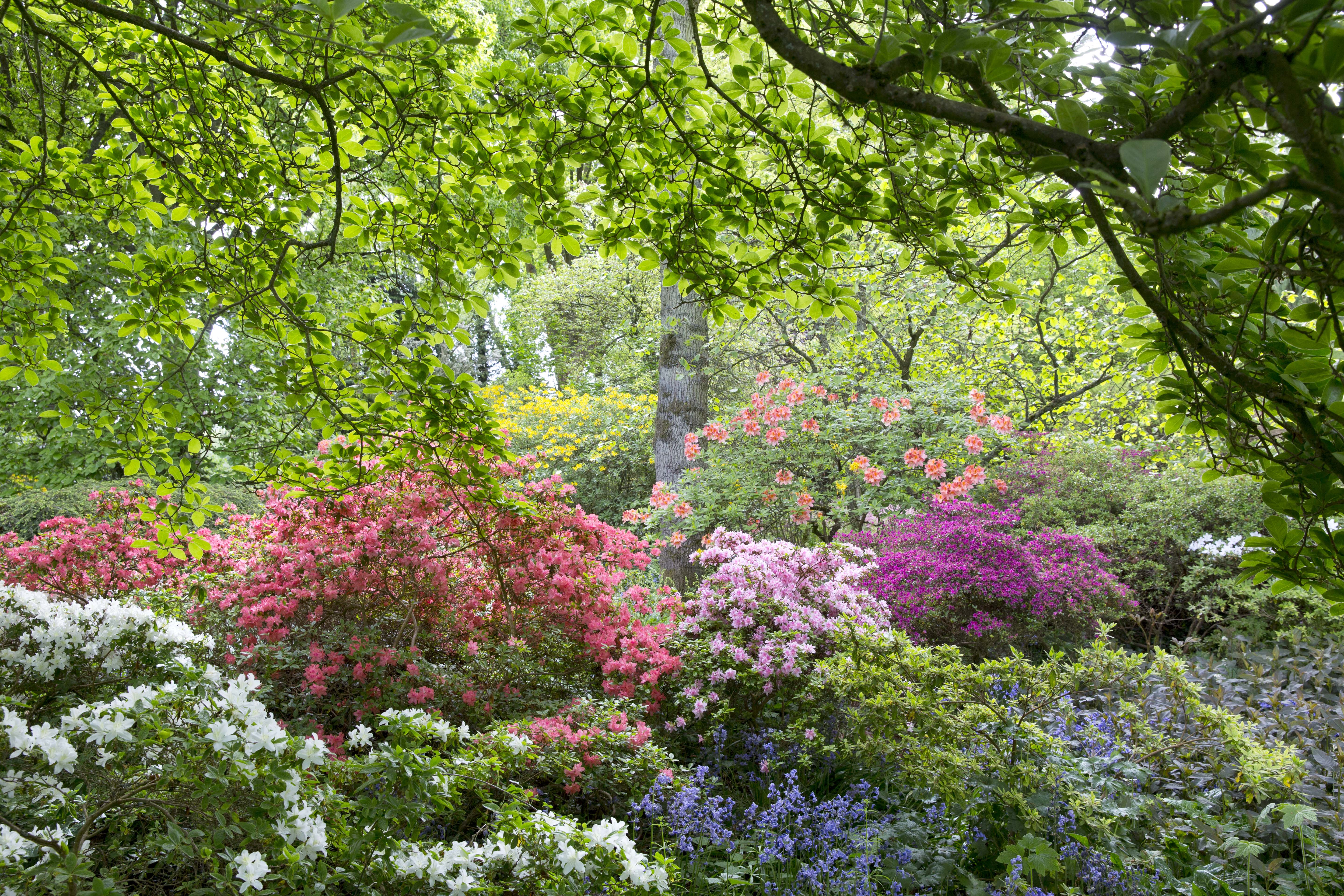 Great Comp: The blissful garden flooded with rhododendrons and azaleas that's just beyond the M25
Great Comp: The blissful garden flooded with rhododendrons and azaleas that's just beyond the M25Each spring, Great Comp Garden — just outside the M25, near Sevenoaks — erupts into bloom, with swathes of magnolias, azaleas and rhododendrons. Charles Quest-Ritson looks at what has become one of the finest gardens to visit in Kent.
By Charles Quest-Ritson